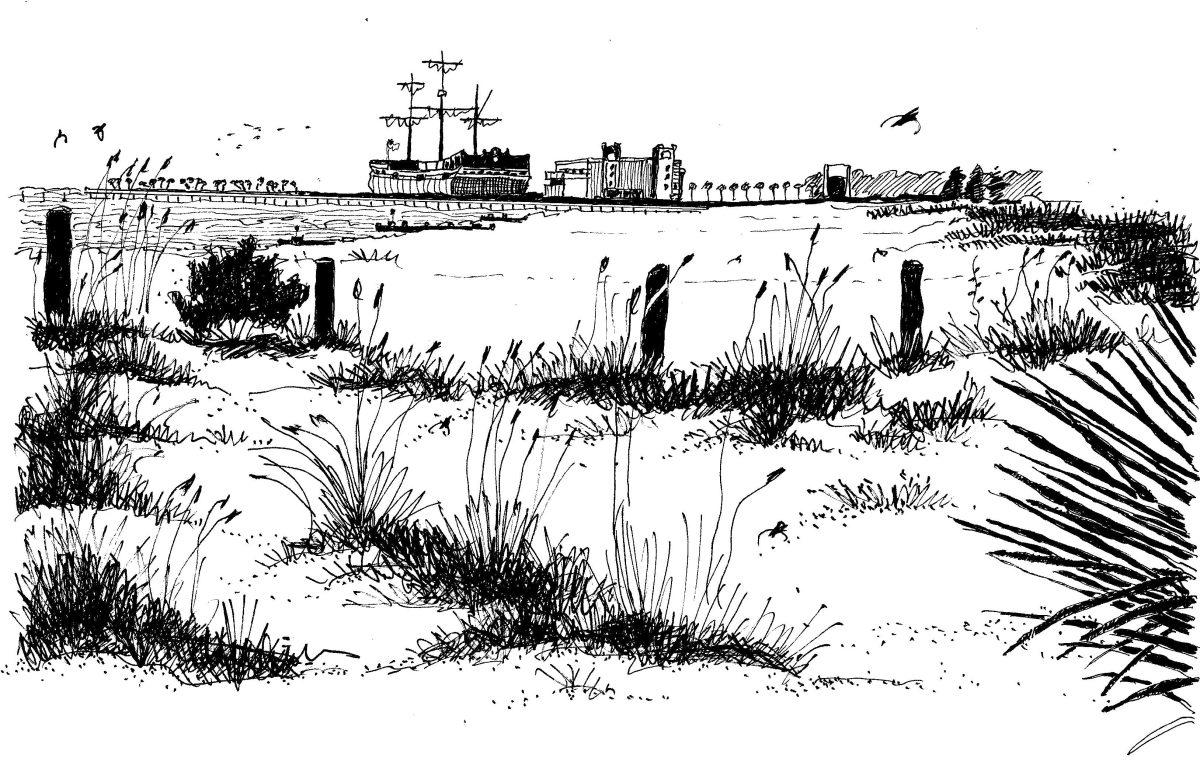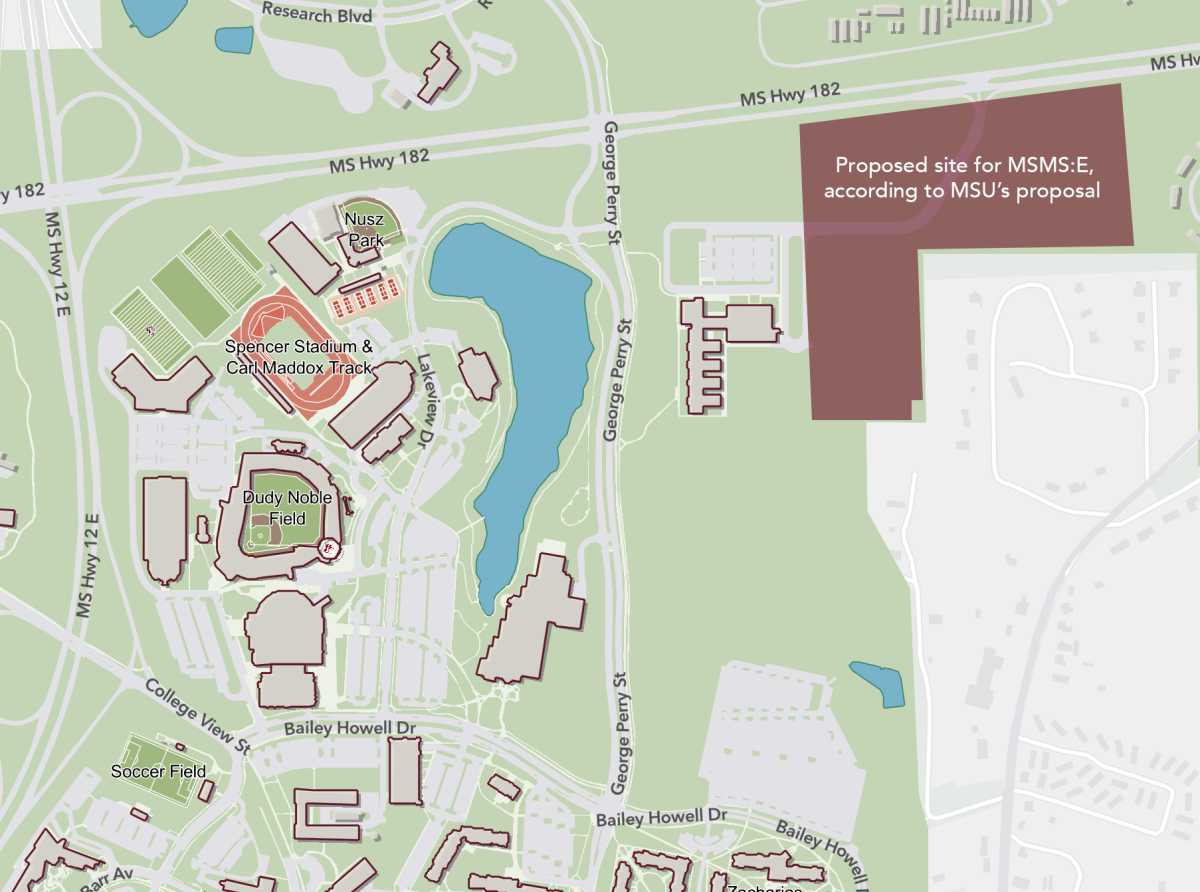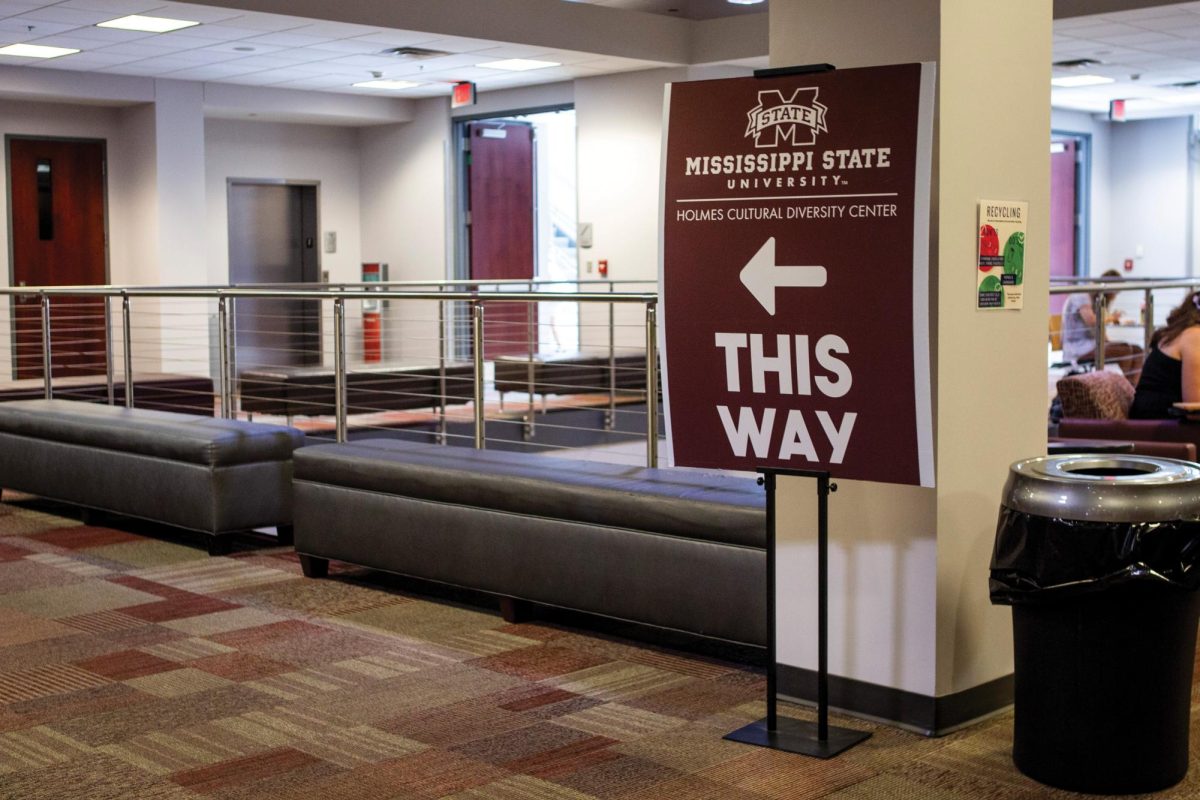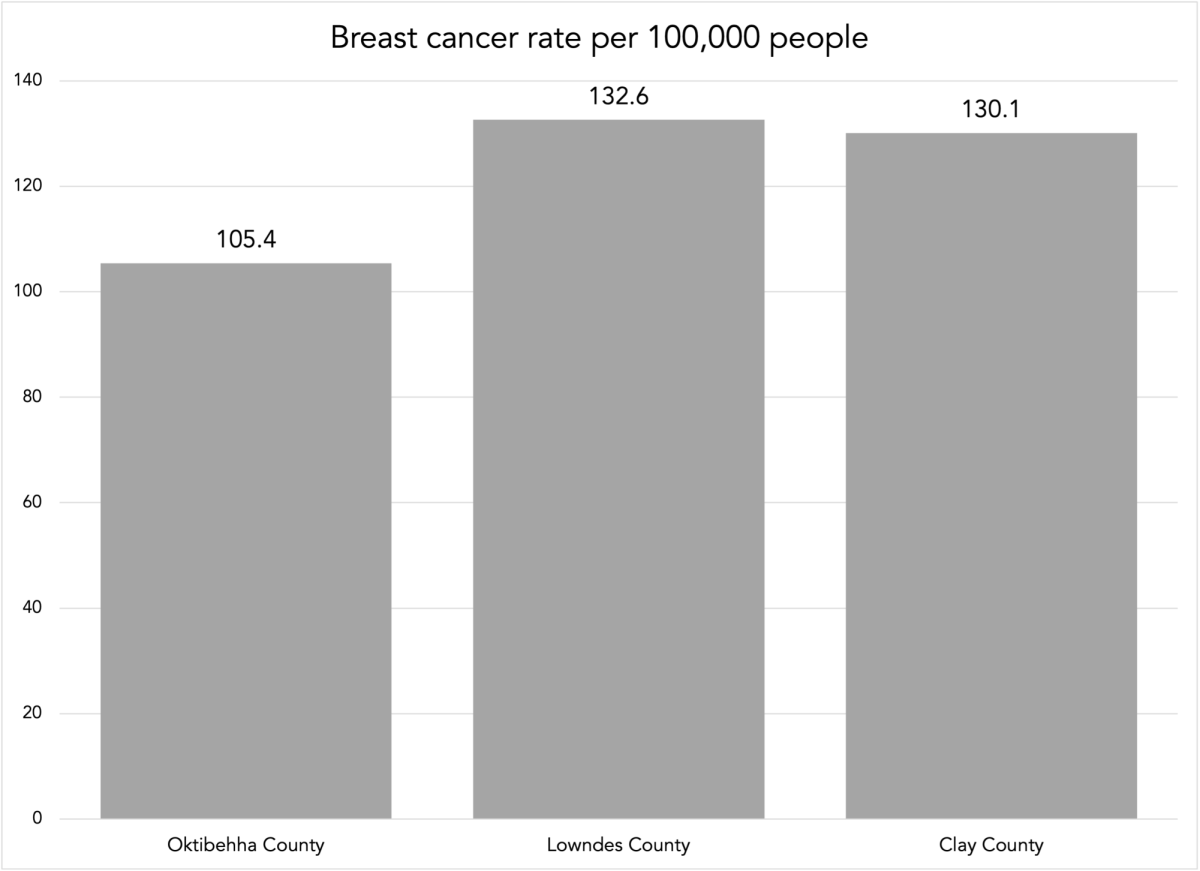Changes in the water condition of the Mississippi Sound have led to a decline in seafood production, as well as the degradation of coastal ecosystems along the Gulf Coast.
Pete Melby, a retired professor of MSU’s College of Agriculture and Life Sciences, said changes in the salinity of the Mississippi Sound are leading to the decline of oysters, dolphins, sea turtles and other animal populations.
“Biloxi was once known as the seafood capital of the world and now there are no wild oysters,” Melby said. “For the past 20 or so years there has been a decline in seafood being harvested in Mississippi.”
Melby said one reason for the decline in wildlife populations is due to pollution and freshwater released by the Bonnet Carre Spillway. This spillway is opened to alleviate the swelling of the Mississippi River. When opened, it transfers trillions of gallons of freshwater into the brackish Mississippi Sound, offsetting a natural balance of the water’s salt content.
Melby also said the general level of salt in the Mississippi Sound has increased over time, causing harm to the species already adapted to the brackish water. Wildlife in the Mississippi Sound faces a constantly shifting salinity level.
“There is no regular infusion of freshwater into the salty water of the Mississippi Sound estuary to keep the water just a little salty. Estuaries have brackish water that is just a little bit salty,” Melby said.
Parker Lowery, a Gulf Coast local who has researched robotic oyster harvesting, said there are three main threats to the Mississippi Sound’s ecology: impaired waterways, pollution and habitat fragmentation.
According to Lowery, Mississippi’s coastal habitats have been fragmented by misplaced infrastructure. Concrete, rock bulkheads and seawalls have been laid to reduce coastal erosion, but they have had an adverse impact on wildlife.
“These structures eliminate important wildlife habitats, decrease water quality and lead to a reduction in fish and wildlife diversity,” Lowery said.
Lowery said that the pollution of local waterways is negatively impacting the economy and ecology of the Gulf Coast. Leaking septic tanks, excess pesticides and fertilizers and miscellaneous trash has led to habitat loss for many species.
“Continued loss of freshwater and estuarine wetlands also reduces the ability of these natural habitats to provide water quality benefits,” Lowery said. “Impaired coastal waterways harm commercial seafood harvests, beach-related tourism, recreational fishing and fish and wildlife populations.”
According to Lowery, there is much economic incentive to protect Gulf Coast wildlife. More than 120,000 recreational anglers went fishing along Mississippi’s coast in 2011, supporting 5,200 jobs and generating nearly $70 million in tax revenues, equating to about $94 million today.
“There needs to be a proactive program to promote land development that accounts for storm risks, water quality protection and the conservation of native wildlife and their habitats,” Lowery said.
In the case of the Gulf Coast’s wild oysters, their population has been decimated by the instability in the Mississippi Sound.
According to the Nature Conservancy, the population of native oysters has declined an estimated 50% to 85% from historic levels. The decline now seems to be accelerating, and oyster harvests are being further curtailed across the region. Roughly 13 years ago, Mississippi was harvesting about 500,000 sacks of oysters annually, but recent harvests have been closer to 10,000 sacks.
Wes Neal, a professor in the MSU Department of Wildlife, Fisheries and Aquaculture, said it is especially important to support ideal water conditions for wildlife. If water conditions become inhospitable for marine species, their populations are likely to decline.
“Organisms are experts in their environments, but when a fish is trapped in a stream, they can’t just move to the next stream over — the fish is isolated in one area and when conditions change — they’re stuck there,” Neal said.
During his time at MSU, Melby worked to mitigate these damaging effects on Gulf Coast wildlife. In the 1980s, his team worked on beach restoration plans, including some on Biloxi Beach. MSU landscape architecture and biological engineering students worked with Melby to maintain the health of coastal ecosystems for decades.
“Our last phase of beach management was to establish salt marshes along the beachfront which collected sand and made the beaches wider naturally. The salt marshes were also habitat for marine life,” Melby said.
Melby said that there is little push to stabilize water conditions in the Mississippi Sound, and new conservation methods need to be developed to preserve ecosystems on the Gulf Coast.
“The restoration of the coast and country is an ongoing saga,” Melby said.
Gulf Coast wildlife populations decline
Seafood has been a part of the Gulf Coast’s culture for more than 300 years.
0
Donate to The Reflector
Your donation will support the student journalists of Mississippi State University. Your contribution will allow us to purchase equipment and cover our annual website hosting costs.
More to Discover












